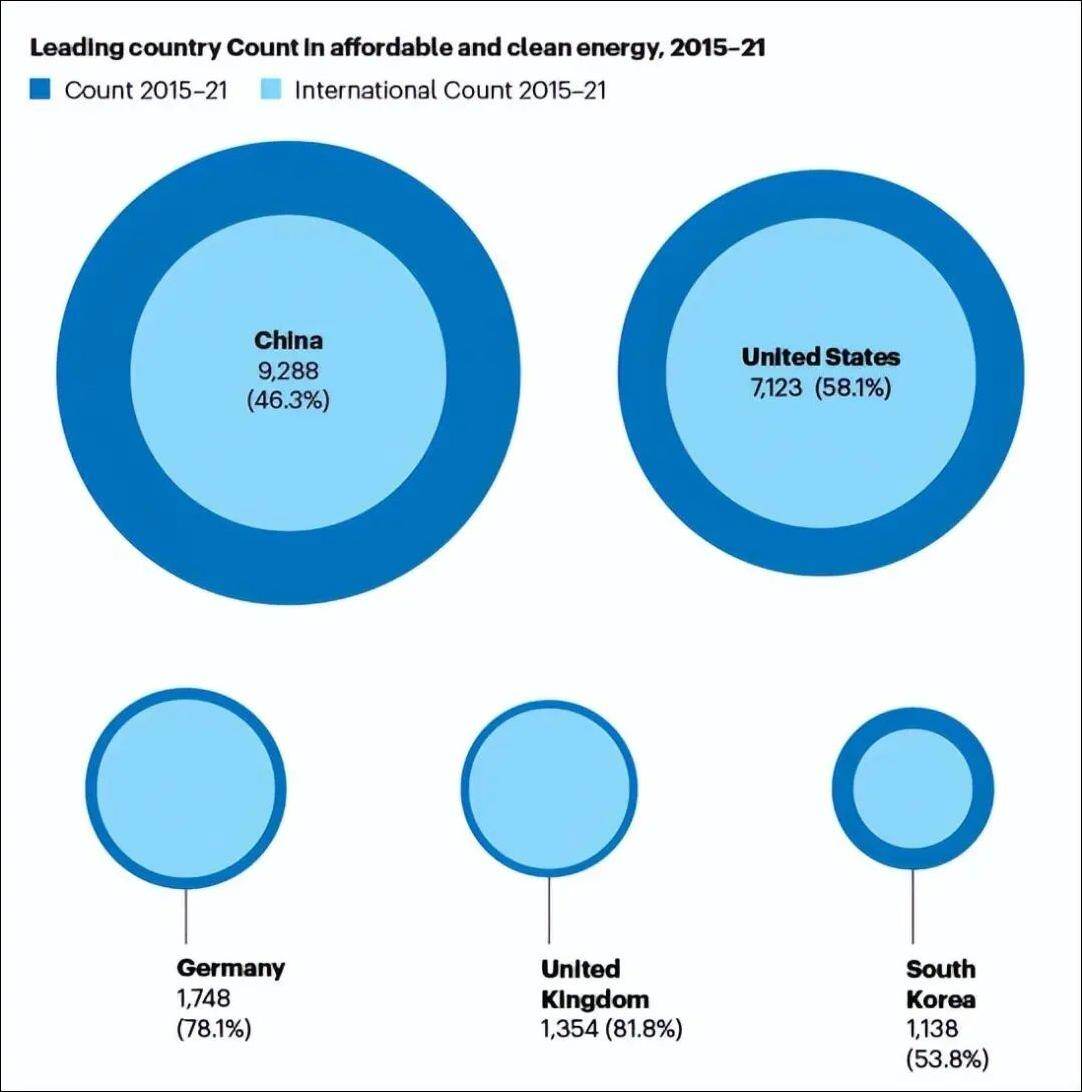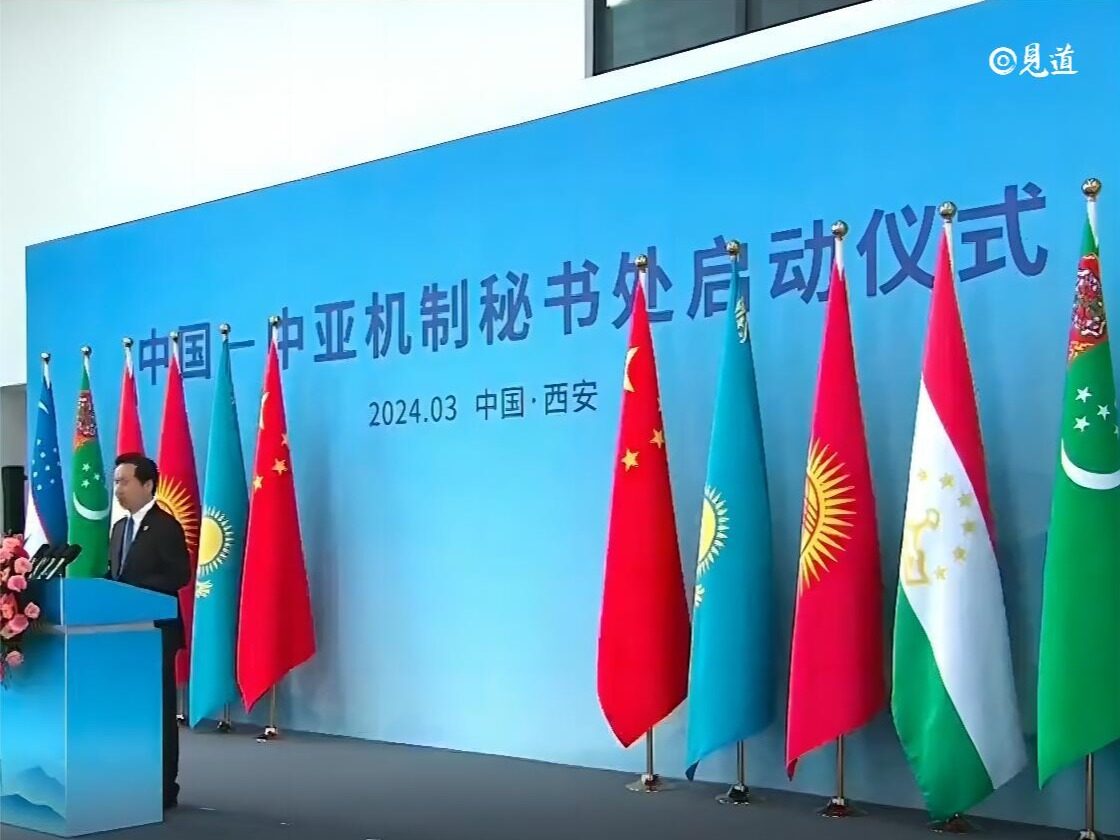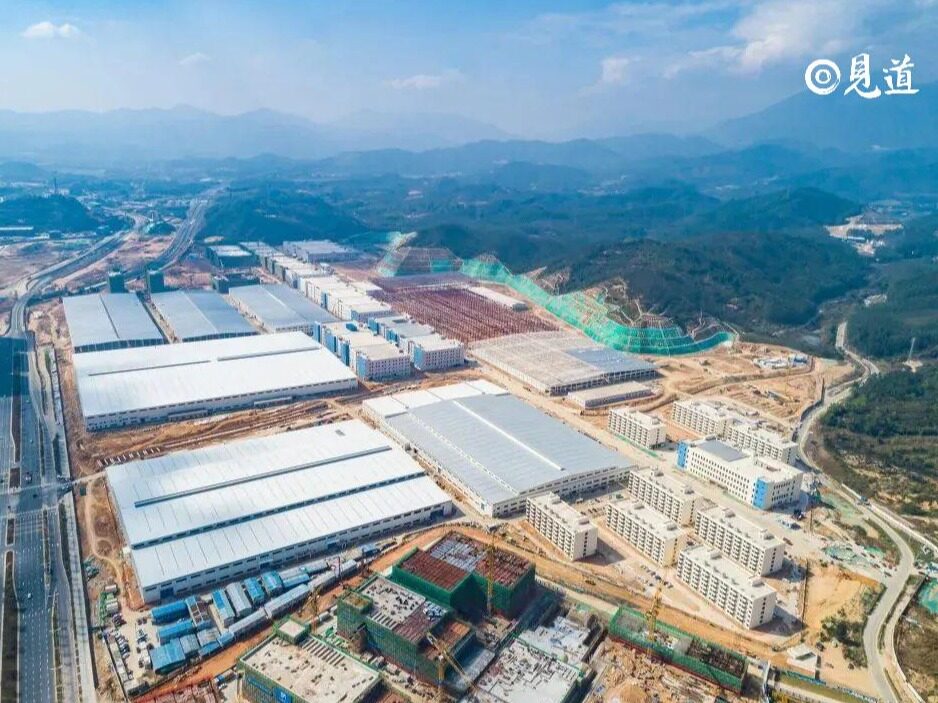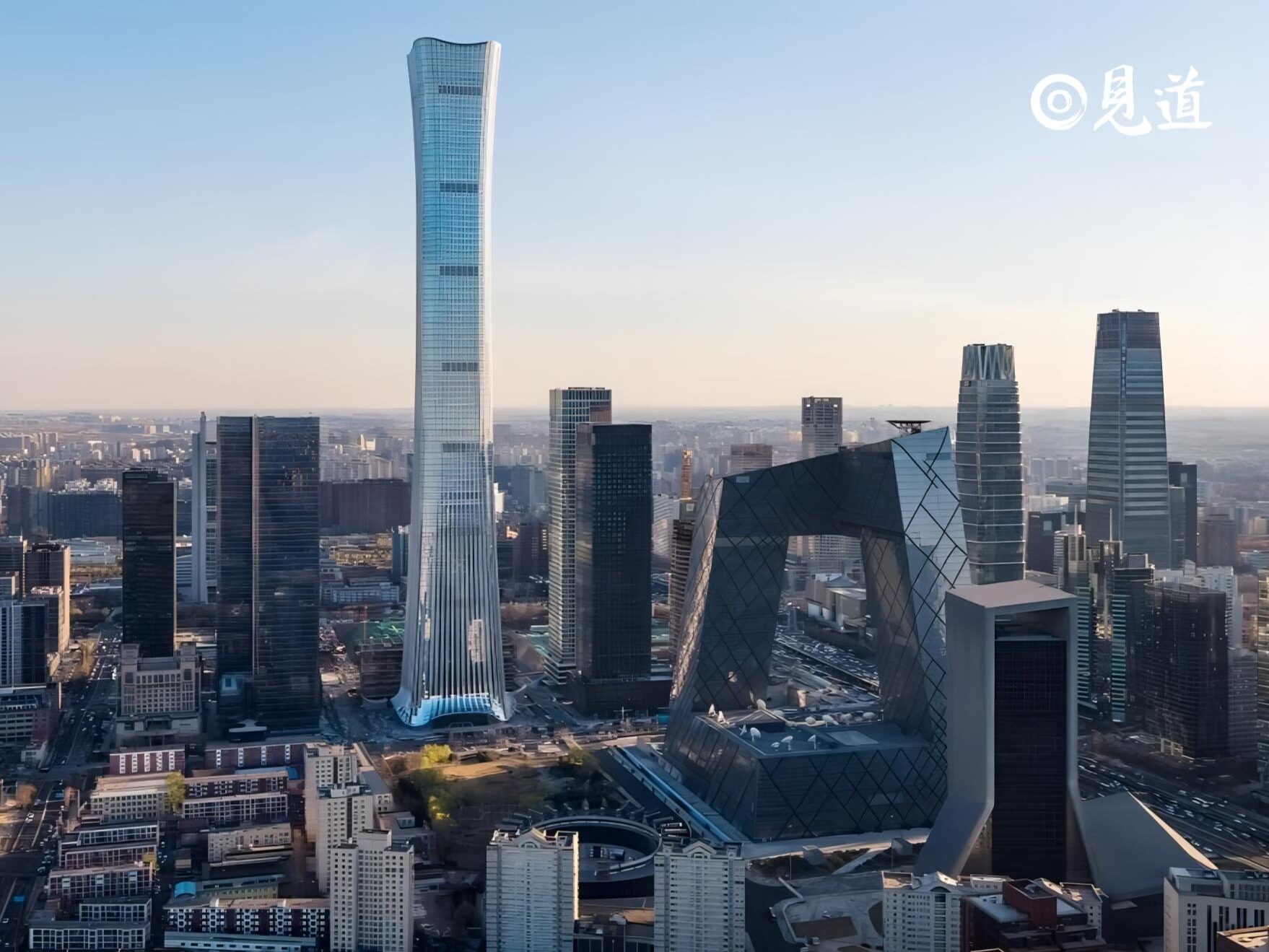- Under the high-pressure competition situation, China made a strong breakthrough and gradually grew into a superpower of clean energy
- China's photovoltaic industry has become a strategic emerging industry that can simultaneously participate in international competition and reach the international leading level

According to the latest Nature Index data, from 2015 to 2021, China's output related to the United Nations Sustainable Development Goal "Clean and Affordable Energy (SDG7)" has ranked first in the world!

Leading countries in affordable and clean energy, 2015-21
In just six years, the "share" of China's natural index has increased by more than 300%, which not only highlights the important position of the index in the field of clean energy, but also attracts many international cooperation to the development of clean energy. dividend.
The clean energy game between countries has never stopped
As early as the 1990s, the United Nations Climate Change Committee officially stated that the global temperature rise is closely related to the frequent activities of human beings.
The 1997 "Kyoto Protocol" that was subsequently introduced also made it clear that all countries are obliged to reduce carbon emissions, but the weights borne by each country are different. That is to say, developed countries will begin to undertake the obligation to reduce carbon emissions from 2005, while developing countries can begin to undertake the obligation to reduce carbon emissions a little later in 2012. Therefore, under the severe global challenge of climate change, the development of clean energy is the only way to go.
The world's major powers have begun to formulate dual-carbon goals one after another: the United States, Germany and Japan are the first echelon, the first to announce that they are expected to decarbonize by 2050. The United States is a special case, with commitments to reduce greenhouse gas emissions by 50-52% by 2030, achieve carbon-free power generation by 2035, and achieve a net-zero carbon economy (higher carbon neutrality) by 2050.
Not far behind, China officially stated at the climate summit that it will achieve carbon peaking in 2030 and achieve carbon neutrality in 2060. With the ambition to achieve carbon neutrality, China and the United States have begun to seize the commanding heights of the energy economy and jointly tap the huge potential of clean energy.

Countries such as Germany, Japan and Denmark have actually been successful in clean energy technology in recent years, but the domestic market size is really limited. In this regard, the United States and China, as the world's largest emitters of carbon dioxide, have a clear advantage.
In recent years, U.S. investment in the new energy sector has continued to increase. In 2019, U.S. renewable energy investment hit a new record of $55.5 billion, an increase of 28% over 2018.
On August 16, 2022, the "Inflation Reduction Act" passed by the United States for clean energy and climate change used $369 billion in tax adjustments and expenditures, ambitiously demonstrating the largest clean energy investment in U.S. history. .
Under the high-pressure competition situation, China made a strong breakthrough and gradually grew into a superpower of clean energy. The "Renewable Energy Law" promulgated in 2005 marked the historic stage of large-scale development of renewable energy in China.
China's photovoltaic industry started around 2005. For more than ten years, it has become a strategic emerging industry that can simultaneously participate in international competition and reach the international leading level.
Planned and gradually replace fossil energy in China's clean energy field
So far, China has built the world's largest clean power generation system, and has begun to lead and promote the global response to climate change and sustainable development.
In addition, since the goals of "carbon peaking" and "carbon neutrality" were put forward, China is gradually building a carbon peaking and carbon neutral "1+N" policy system. The epidemic has accelerated energy transformation, and new energy may become the focus of future global energy competition.
In the past two years, driven by the good vision of carbon neutrality and the recovery of the epidemic, even if the economy shows signs of slowing down, the power generation from renewable energy sources such as wind energy and solar energy has continued to grow rapidly.

With the vigorous development of wind energy, solar energy, electric vehicles and various low-carbon technologies, the global economy is also transforming towards a new energy economy.
For example, the investment and financing activities of the new energy power industry chain have experienced explosive growth, and the interest of investors has gradually expanded to frontier fields such as energy storage and hydrogen energy. It can be seen that the new energy economy has gradually developed in the direction of high efficiency, cleanliness, electrification and interconnection.
Up to now, the climate issue is still the most important issue in the world. If China wants to continue to be stable in the "first phalanx" of clean energy research, it still needs to continue to explore and work hard. Editor / Xu Shengpeng
Comment
 Praise
Praise
 Collect
Collect
 Comment
Comment
 Search
Search














Write something~